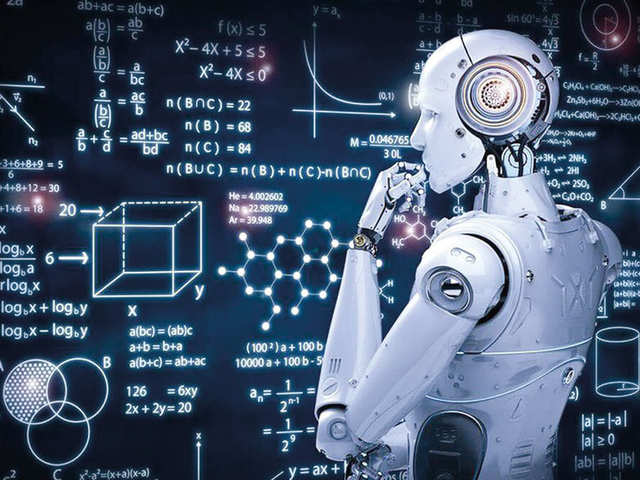
by Nicholas Mitsakos | Artificial Intelligence, Technology, Writing and Podcasts
The history of AI shows that attempts to build human understanding into computers rarely work. Instead, most of the field’s progress has come from the combination of ever-increasing computer power and exponential growth in available data. Essentially, the ability to bring ever more brute computational force to bear on a problem-focused on larger data sets have given increasing usefulness. But, it’s limitations are also magnified in sharp relief more than ever. The bitter lesson is that the actual contents of human minds are tremendously, irredeemably complex…They are not what should be built into machines. Machine learning doesn’t live up to the hype. These systems are fundamentally brittle, and always break down at the edges where performance is essential and consequences much direr. There are many potential applications that can be effective and useful tools. They are simply much less ambitious than the current hype would indicate, but they are also far more realistic.
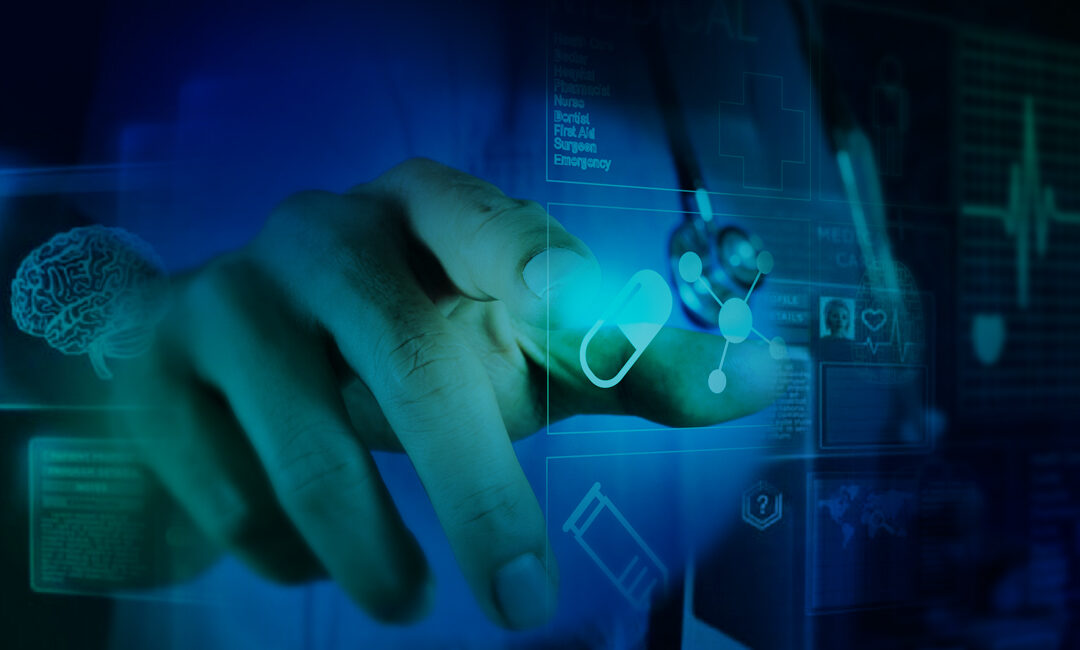
by Nicholas Mitsakos | Artificial Intelligence, Biotechnology, Health Care, Technology, Writing and Podcasts
Medical Intelligence is a new discipline, converging human and artificial intelligence. Artificial intelligence will not replace human intelligence, especially in medicine. Diagnosis and treatment will remain a human endeavor. But AI will be an indispensable tool helping human intelligence effectively deliver better quality healthcare. The overwhelming benefit is that it raises the bar for all practitioners. A minimum level of quality medical care can available globally. The higher standard for diagnostic accuracy, therapeutic recommendations, and overall care from this mass of data gathering will improve overall health and wellness everywhere. Applied effectively, these tools also drive down overall healthcare costs, diagnostic errors, and unnecessary procedures. Greater accuracy eliminates needless testing and procedures significantly and delivers effective care more quickly. Diagnosis is more immediate, recovery times faster, care more available, and overall expenses reduced.
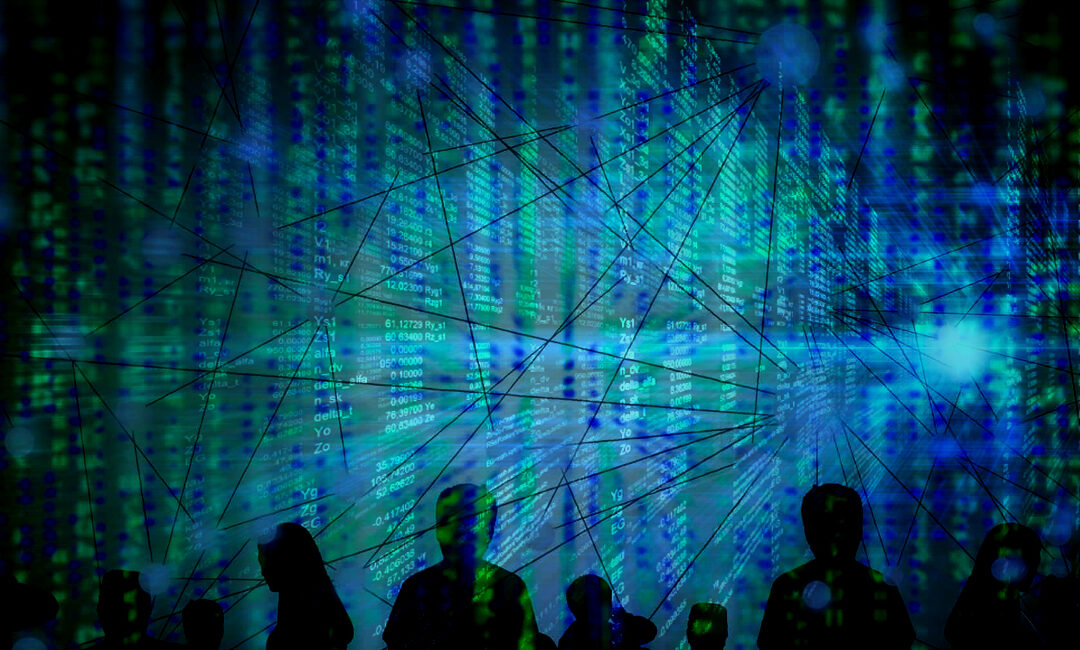
by Nicholas Mitsakos | Economy, Health Care, Technology, Writing and Podcasts
Instead of “internet time” we now have “pandemic time.” The need for advanced systems to keep society functioning, manufacturing moving, and give consumers some sense of safety is immediate. Driving innovations – whether those innovations are in health care, technology or other areas of production and manufacturing – is essential to not only offset the impact of the global pandemic but stay competitive and sustainable long after the current health crisis has subsided. Technological advancements, especially machine learning and other powerful software tools, combined with developments in nanotechnology, monitoring, and global communication networks will accelerate a profound change that will permeate all aspects of business and manufacturing. Advanced technologies were set to indelibly affect all aspects of industry in about five years. The curve to successfully implement the best tools and make processes more efficient, informative, and effective has been accelerated by the pandemic. The need for automation and systematic tools to keep society functioning, keep manufacturing moving, and give consumers some sense of safety and confidence is immediate. More than anything, driving innovations – whether those innovations are in health care and life science, technology or other areas of production and manufacturing – is now seen as essential to not only offset the impact of the global pandemic but stay competitive and sustainable long after the current health crisis has subsided. Technological advancements, especially machine learning and other powerful software tools, combined with developments in nanotechnology, monitoring, and global communication networks will accelerate a profound change that will permeate all aspects of business and manufacturing.

by Nicholas Mitsakos | Public Policy, Technology, Writing and Podcasts
Technological innovation ignites economic growth feeding further innovation. But, has our relentless progress irrevocably tipped the balance from a virtuous circle of innovation and growth to a downward spiral of disaster and decline? We’re going to continue to drive, fly, throw away plastic, and tear down the rainforest. If we aren’t going to solve the problems we’ve created by regulating ourselves, we’re probably going to have to use technology — whether that’s to save species, or human lives, or to make sure that certain plants or coral reefs survive climate change. We don’t know the consequences of these future actions.

by Nicholas Mitsakos | Artificial Intelligence, Biotechnology, Book Chapter, Investments, Technology, Writing and Podcasts
This article was written by Nicholas Mitsakos : Chairman and CEO at Arcadia Capital Group. Disruptive technologies are apparently being developed faster than we can adapt to the full impact of their disruption. Really? Internet time may not be the fast-paced...
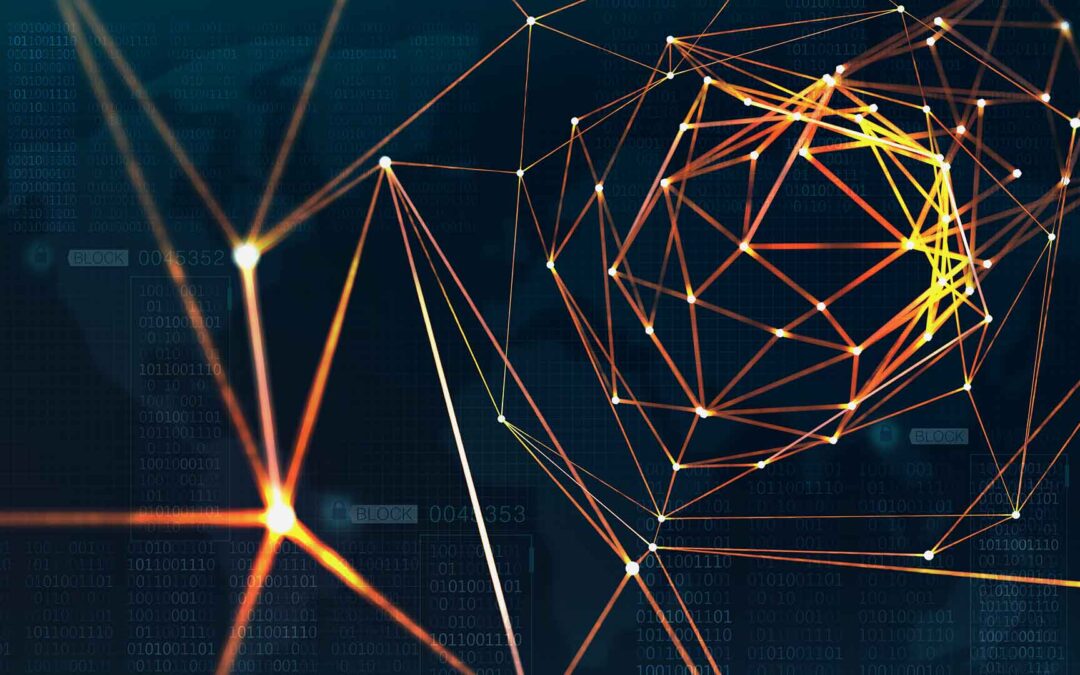
by Nicholas Mitsakos | Artificial Intelligence, Book Chapter, Technology, Writing and Podcasts
Nicholas Mitsakos : The Robot Armies are not Coming Artificial General Intelligence (AGI) has become the latest hot topic in AI. It is defined as the intelligence of a machine that can understand or learn any intellectual task that a human being can. It is a primary...
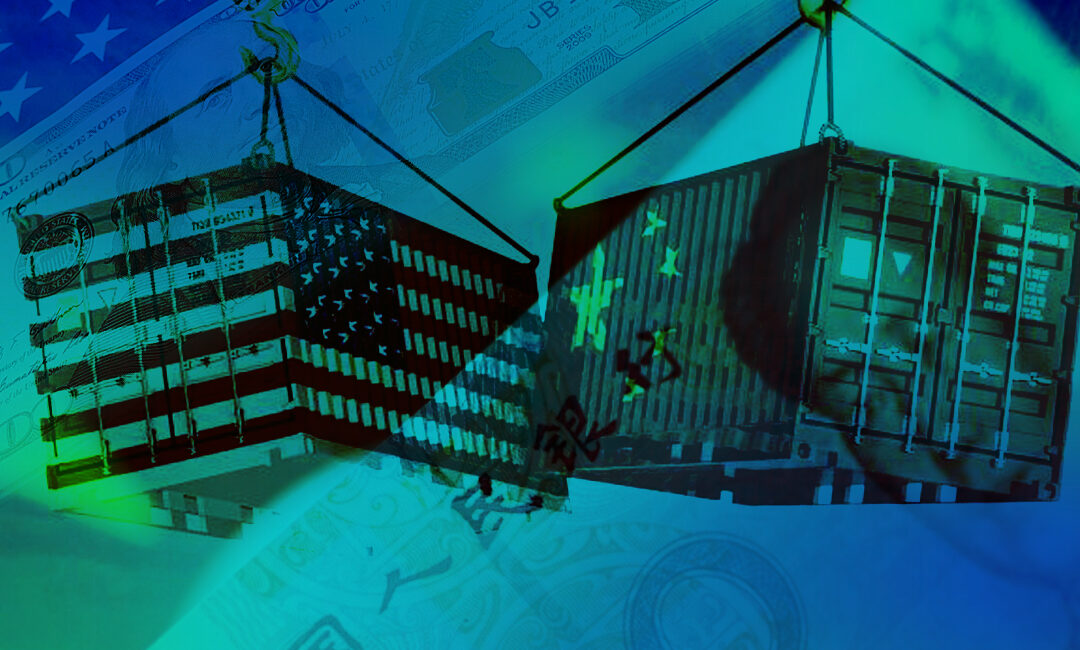
by Nicholas Mitsakos | Book Chapter, China, Economy, Technology, Writing and Podcasts
While it may seem tempting to target attractive market sectors and provide government-backed capital and direction, this typically does not end well. The efficient allocation of capital, demanding an appropriate return for given risks, is something private markets do extremely well. A handful of bureaucrats cannot match the collective wisdom of the capital markets, no matter how attractive the target.
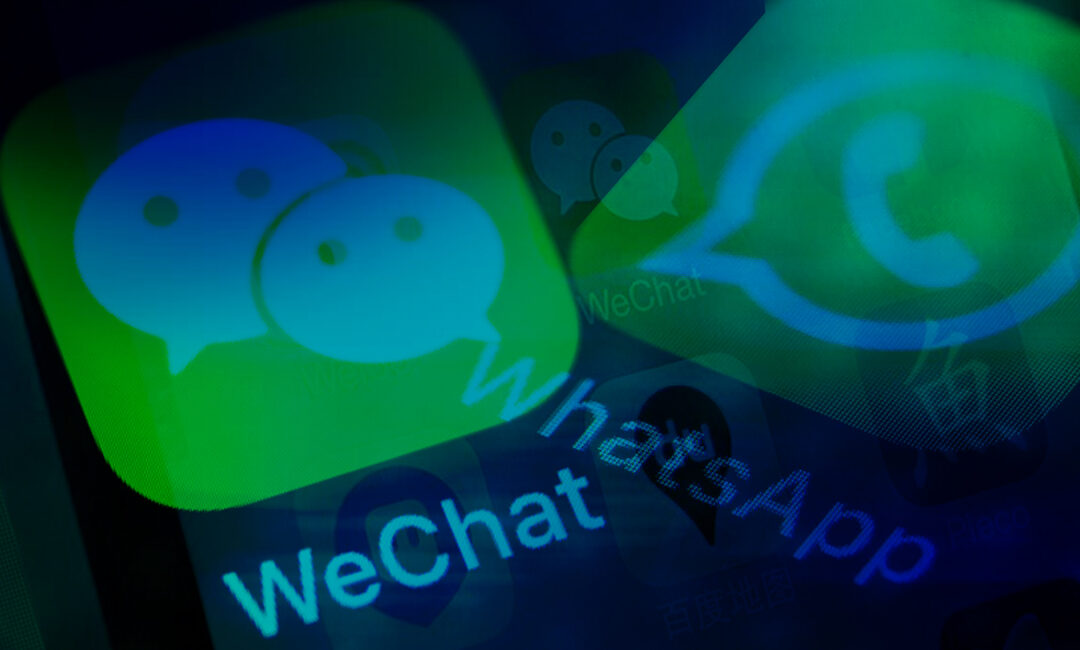
by Nicholas Mitsakos | Artificial Intelligence, Book Chapter, China, Technology, Writing and Podcasts
WeChat has become the ubiquitous, full-service platform for communication and commerce in China. Essentially, the company has taken the mobile Internet and made it their own. The WeChat internet has a lot to admire — and emulate. While the United States sees big tech as a colossus that needs to be knocked down, the Chinese government saw tech companies as economic engines to be harnessed. They were right.








